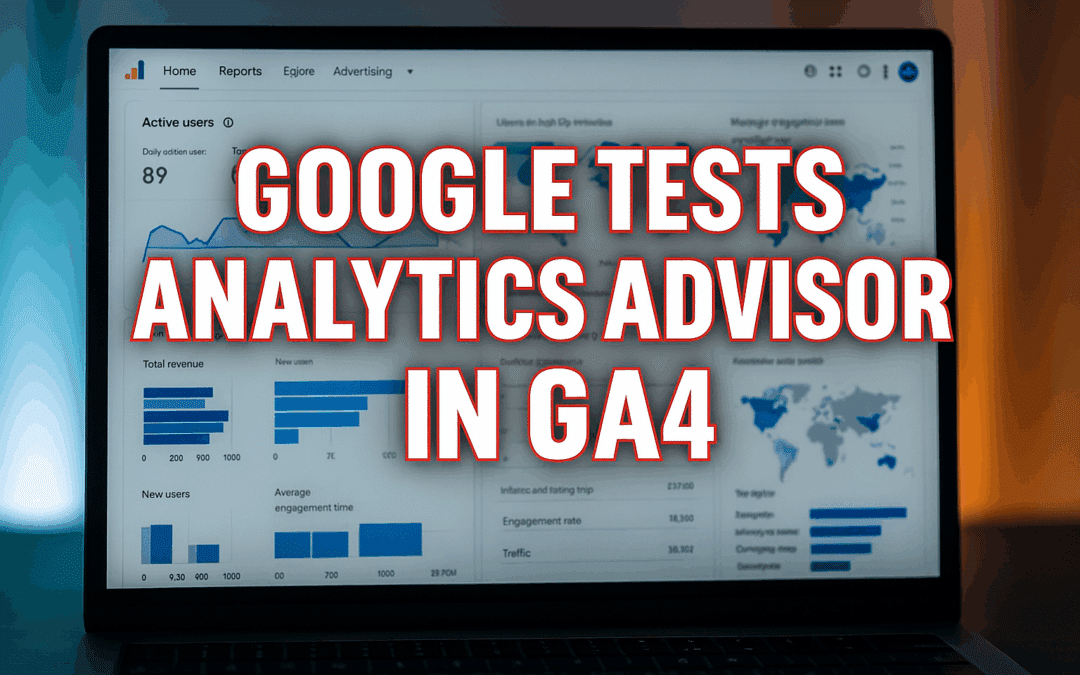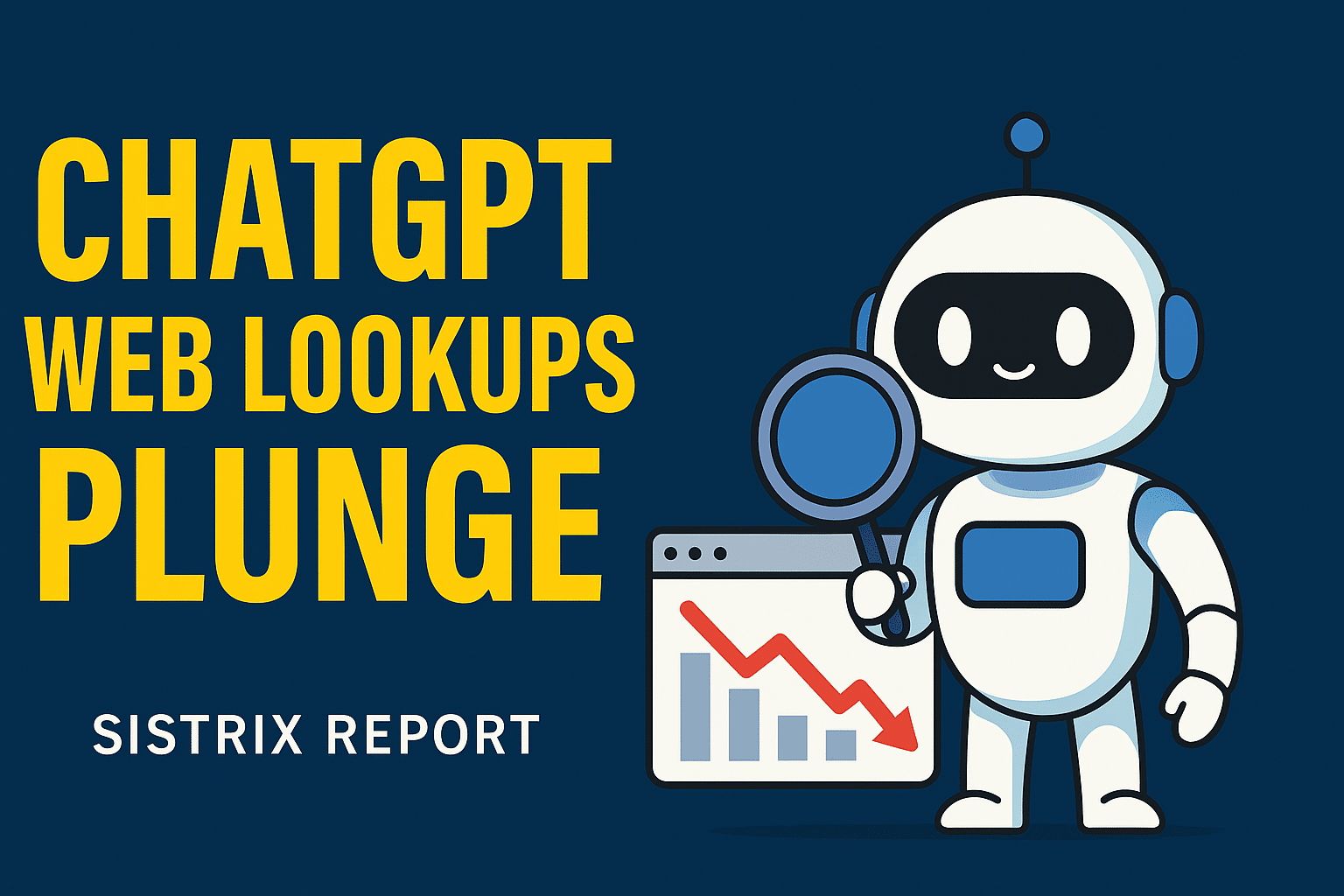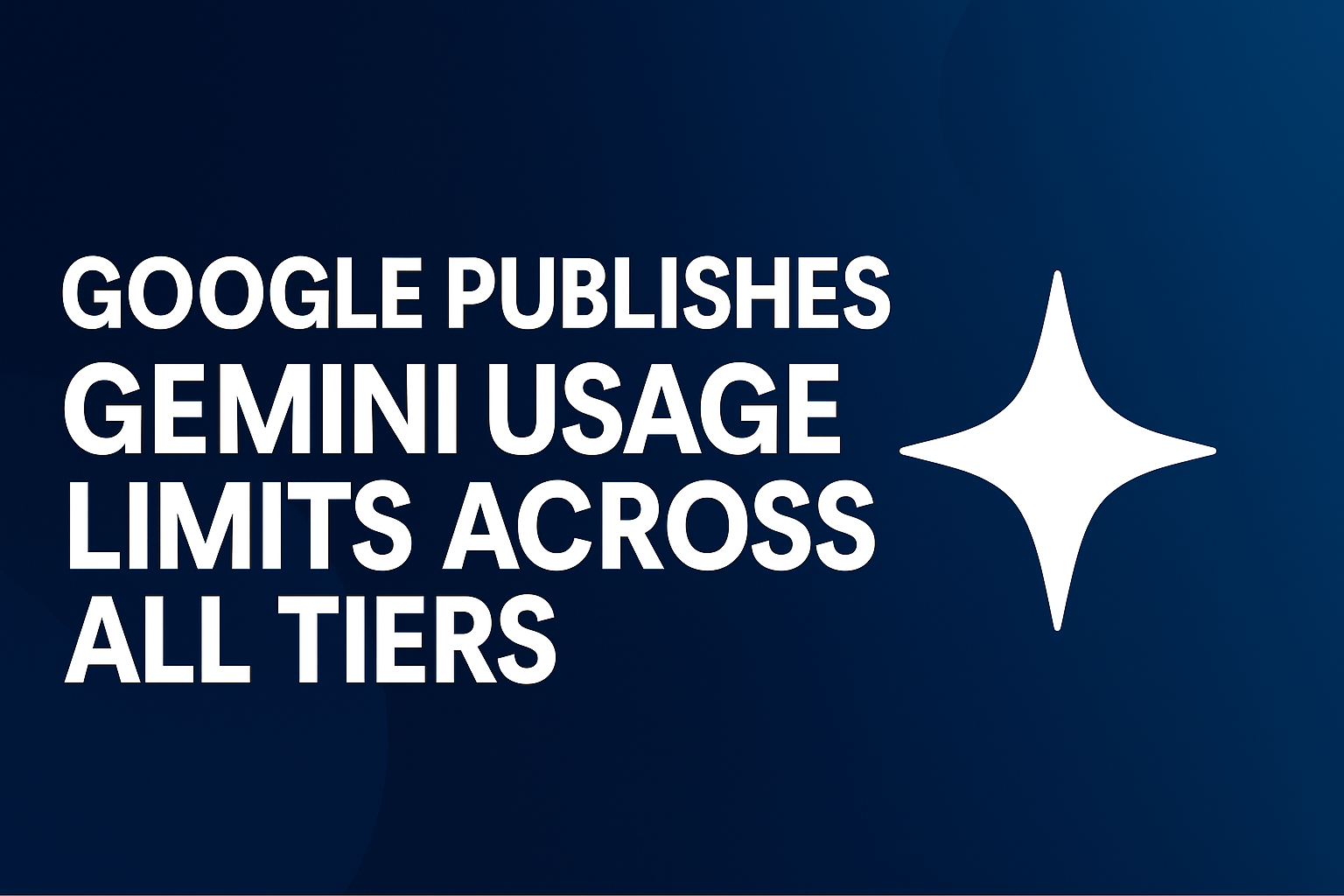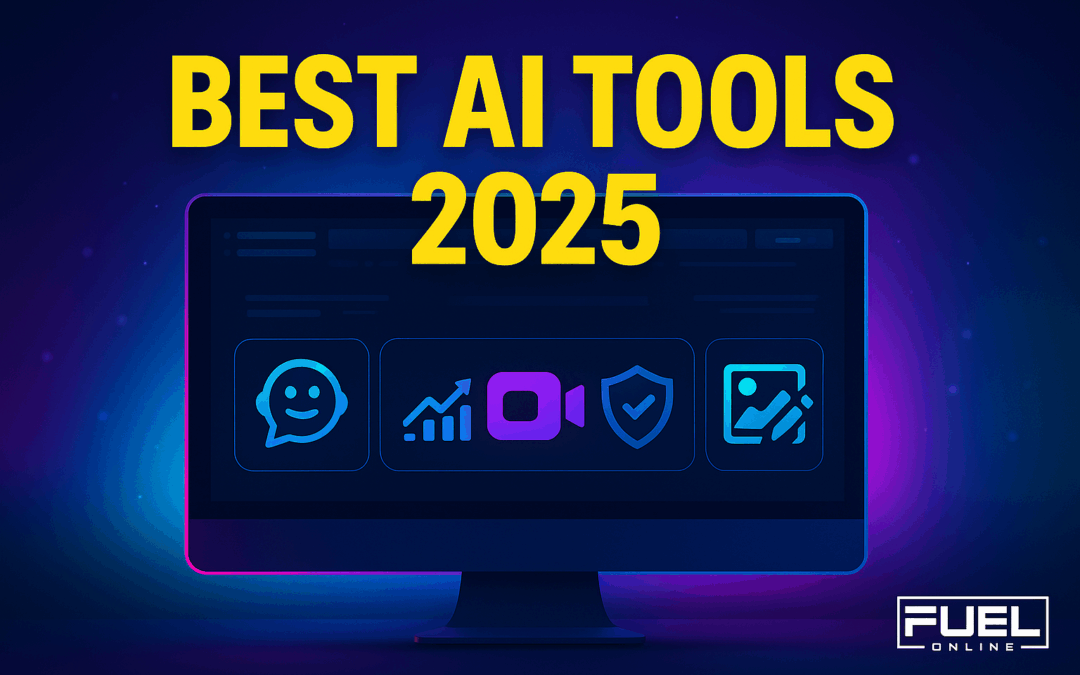Guide to Doing AEO in the AI Search Era
Answer Engine Optimization (AEO) is the practice of structuring content, entities, and authority signals so your brand is selected and cited inside AI-generated answers (Google AI Overviews/SGE, Bing Copilot, ChatGPT results, voice assistants)—not just ranked in traditional blue links. Doing AEO well requires extractable answers, schema, entity clarity, and measurable “AI Share of Voice.”
What Is AEO?
Answer Engine Optimization (AEO) is the process of optimizing your site so answer engines (LLM-powered systems that summarize results) can confidently quote, paraphrase, or cite your content. Unlike classic SEO—which aims for page rankings—AEO focuses on answer eligibility and selection inside AI responses.
Why the shift?
-
AI answers appear above organic links. If you’re not cited there, you may be invisible.
-
Zero-click behaviors are rising. Users get answers without clicking; being in the answer is now a growth channel.
-
Entity-centric retrieval. AI systems rely on entities, relationships, and trust signals, not just keywords.
Is AEO the Same as SEO?
No—AEO is a specialized evolution of SEO. Think of it this way:
-
SEO optimizes pages to rank.
-
AEO optimizes answers to be selected.
-
The two reinforce each other: authority, technical health, and topical depth from SEO help AEO; AEO adds answer-readiness and entity clarity that can also improve classic SEO.
Bottom line: You still need SEO. But without AEO, you’ll lose visibility where AI answers are making first contact with your buyers.
How AEO Works (in practice)
Answer engines decide whether to cite you using four broad factors:
-
Answerability: Do you present a direct, complete, unambiguous answer in 40–80 words?
-
Structure: Do you use FAQ/HowTo formats, lists/tables, and clear subheads that LLMs can parse?
-
Entity & Trust: Is your brand/author/product unambiguously mapped (schema, bios,
sameAs, credentials) and supported by credible references? -
Authority & Freshness: Are you a known source with signals (links, mentions, quotes) and current data?
How to Do AEO: A 7-Step Playbook
1) Build an AEO Opportunity Map
-
Cluster queries by intent: definitions (“what is…”), comparisons, how-tos, pricing, risks/benefits.
-
Prioritize commercial & decision-adjacent topics that already trigger AI answers.
-
For each cluster, list the primary question and supporting sub-questions an answer engine should cover.
Deliverable: A spreadsheet with columns for Query, Intent, Answer Type (definition / steps / list / table), Evidence, Target URL, Schema Type.
2) Create “Extractable Answer Blocks”
On every target page, include a compact Answer Capsule near the top:
-
Lead sentence that directly answers the question (“Answer Engine Optimization (AEO) is…”).
-
Follow with 3–5 bullets that add essential context (criteria, steps, caveats).
-
Keep to 40–80 words for the top capsule; add depth below.
Add supporting micro-answers throughout the page:
-
Definition (what/why)
-
Framework (how)
-
Data point (evidence)
-
Example (use case)
This provides multiple hooks for AI to cite.
3) Engineer Entities & Authors
-
Give authors complete bios with credentials, topics they specialize in (
knowsAbout), and links (sameAs) to profiles (LinkedIn, conference pages, journals). -
Clarify brand identity with Organization schema, consistent name/abbreviation, and unique descriptors (what you’re known for).
-
Map products/services as entities (Service/Product schema) and relate them to problems they solve.
Goal: An answer engine can say, “This statement likely comes from this recognized expert/brand.”
4) Apply the Schema Layer (without overdoing it)
Use schema to disambiguate and signal answer intent:
-
FAQPage for question sets
-
HowTo for procedural content
-
Article/WebPage with
about,mentions,sameAs,author -
Organization/Person with
knowsAbout,hasCredential,alumniOf
Pro tips
-
Keep markup truthful; don’t fake reviews/ratings.
-
Validate with multiple tools; ensure your visible copy matches schema claims.
5) Add Evidence & Authority
Answer engines favor verifiable information:
-
Include stats, methodology blurbs, citations to primary sources, and original data (studies, surveys).
-
Build an “Evidence Ladder”:
-
Primary research (best)
-
Government/academic sources
-
Recognized trade publications
-
Expert quotes/interviews
-
Publish Source Notes sections—this doubles as freshness updates for recrawls.
6) Technical & UX Readiness (quiet ranking multipliers)
-
CWV and mobile UX: faster pages are crawled and favored for surface extraction.
-
Clean URL & canonical strategy: avoid duplication that splits authority.
-
Accessibility & clarity: descriptive headings, alt text, and logical structure improve machine parsing and human trust.
7) Measure AEO with AI Share of Voice
Track AEO using AI Share of Voice (AI-SOV):
-
Inclusion Rate: % of target queries where you’re cited in AI answers.
-
Citation Position: Primary citation vs. expanded “more sources.”
-
Stability: Weeks in a row you hold inclusion (stickiness).
-
Diversity: How many distinct pages/answers of yours are cited?
-
Impact: Assisted conversions/leads from sessions starting on cited pages.
Cadence: Baseline → weekly watchlist → monthly strategy adjustments.
Advanced AEO (for teams that want to lead)
A) AIO: Artificial Intelligence Optimization
AIO complements AEO by shaping content for LLM retrieval:
-
Token-efficient writing: Short, unambiguous sentences increase extraction accuracy.
-
Semantic redundancy (light): Restate core claims succinctly in different phrasing to create multiple citation hooks.
-
Few-shot patterning: Use consistent answer patterns (definition → bullets → stat → example) so models “learn” your structure.
B) GEO: Generative Engine Optimization
Optimize for how generative engines synthesize answers:
-
Comparative & tabular content: engines love tables for pros/cons, pricing tiers, or feature matrices.
-
Multi-format snippets: short text + micro-diagram + checklist = higher citability.
-
Disambiguation paragraphs: brief “What this is NOT” sections reduce hallucination risk and improve trust.
Common AEO Pitfalls (and how to avoid them)
-
Vague answers. If your lead paragraph hedges, AI will pick a clearer competitor.
-
Over-long intros. Put the answer first, narrative second.
-
Schema without substance. Markup can’t rescue weak content.
-
No evidence. Unsupported claims rarely get cited.
-
Set-and-forget. AI panels change—monitor weekly.
Industry-Specific AEO Playbooks
SaaS & B2B
-
Prioritize definition, comparisons, integration steps, pricing frameworks.
-
Publish implementation checklists and ROI calculators—frequently cited.
E-commerce
-
Publish buying guides, size/fit tables, compatibility charts, return policies.
-
Use FAQ schema on category and top product pages.
Local & Multi-location
-
Pair AEO with entity-rich local pages: services, service areas, credentials, and owner/expert bios.
-
Add process explainers (“how we diagnose X”)—great for AI answers.
Regulated (Healthcare, Legal, Finance)
-
Authorship + credentials are non-negotiable.
-
Add review governance, update timestamps, source notes, and disclaimers.
AEO in 30 / 60 / 90 Days (Execution Plan)
Days 0–30 (Foundation)
-
Build the AEO opportunity map (queries, intents, answer types).
-
Ship Answer Capsules to top 10 pages.
-
Add FAQ/HowTo schema; publish author bios with credentials.
-
Launch AI-SOV watchlist (baseline).
Days 31–60 (Momentum)
-
Expand to 20–40 pages; add tables/graphs to comparison content.
-
Publish at least one original data piece (survey, study, benchmark).
-
Begin digital PR to secure 5–10 authoritative mentions.
Days 61–90 (Scale & Defend)
-
Double the number of micro-answers per hub.
-
Optimize pages with low inclusion but good SERP authority.
-
Add CRO experiments to capture value from increased AI-influenced traffic.
AEO Checklist
-
Answer Capsule at top (40–80 words, direct definition)
-
Supporting micro-answers (what/how/data/example)
-
FAQ/HowTo + Article/Organization schema verified
-
Clear author credentials +
sameAslinks -
Evidence ladder (primary sources, stats, dates)
-
Tables/lists for comparisons and steps
-
Weekly AI-SOV tracking & monthly refreshes
AEO Is the New First Impression
Your next customer may meet your brand inside an AI answer, not on your homepage. That makes AEO the new front door to demand. Nail answerability, structure, entities, and evidence—then measure AI Share of Voice like your pipeline depends on it. Because it does.






